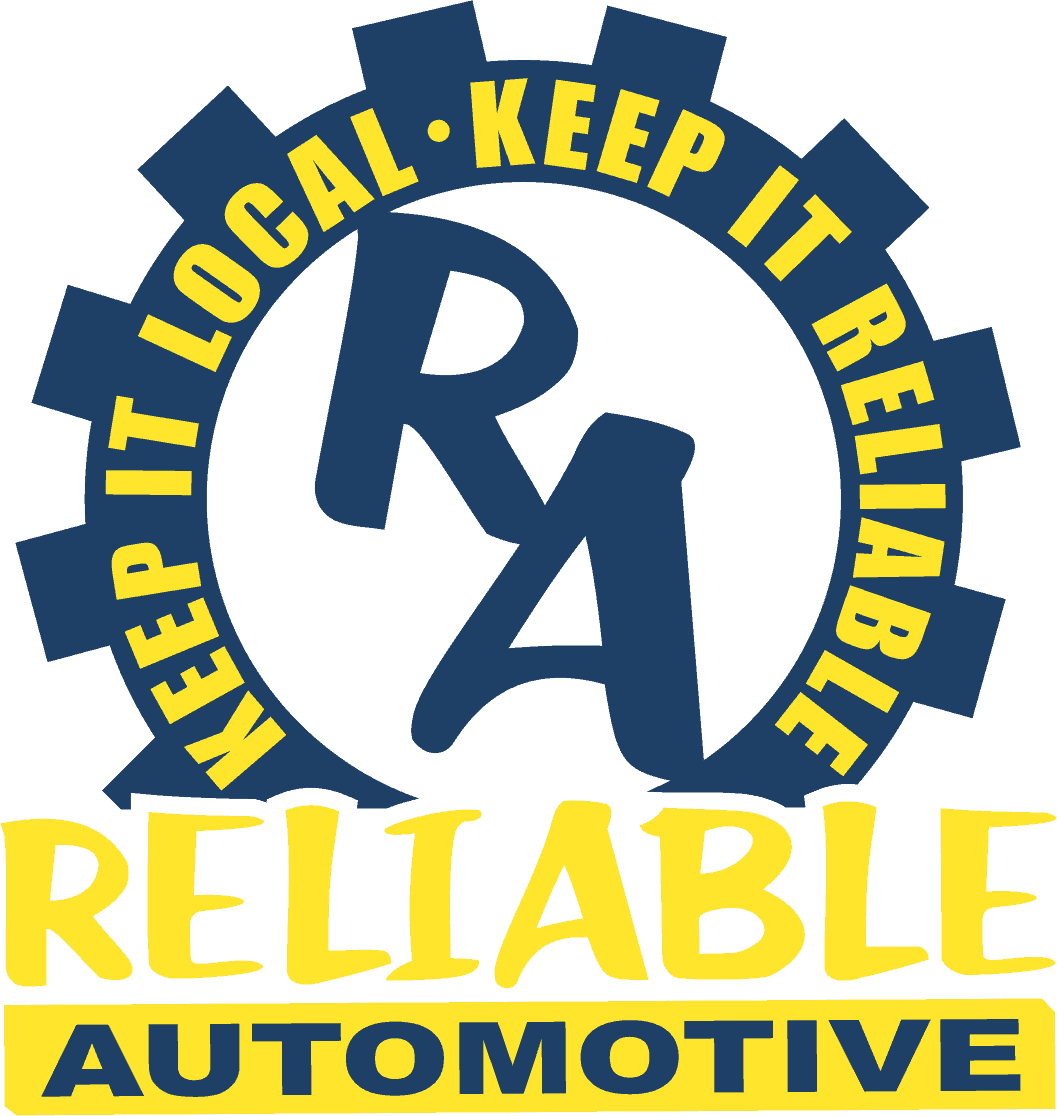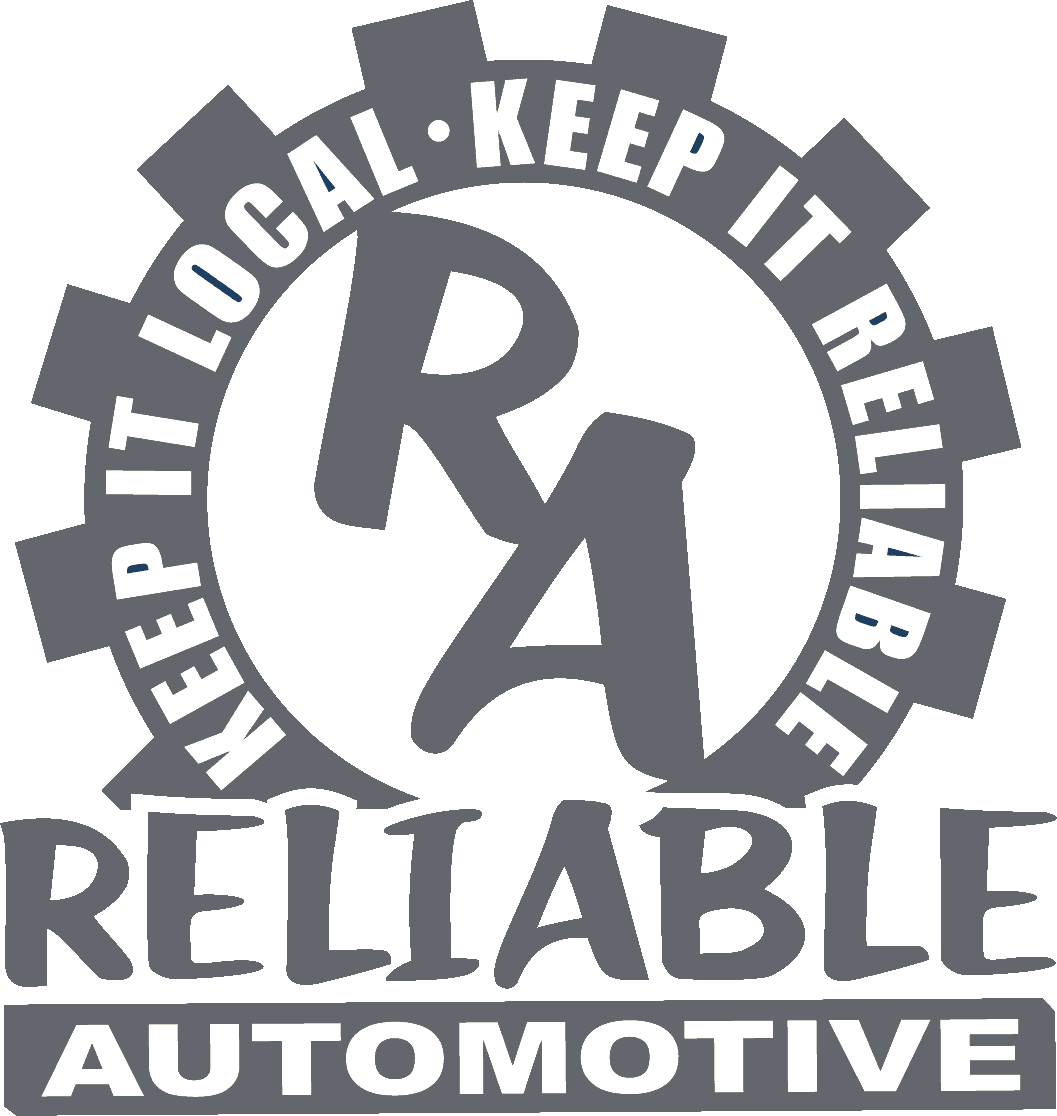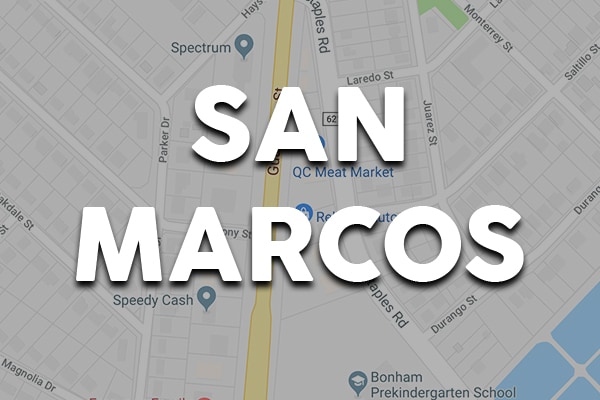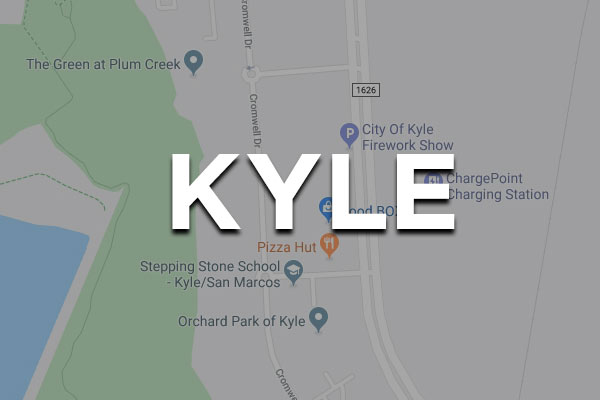Texas Emissions Test: How Reliable Auto Can Help You Pass
Emission inspections for vehicles in Texas were put in place in order to improve the general air quality for everyone. The program is under the direction of the Texas Department of Public Safety. Learn everything you need to know about these inspections and how they can impact your emissions test.
Annual vehicle inspections in Texas are mandated for all registered gasoline vehicles (including hybrids) that are between 2 and 24 years old. Included in that inspection is a vehicle emissions or “smog” test, which counts for half of the overall inspection. The test measures your car’s emissions to ensure your car isn’t creating smog and causing air pollution. (Diesel-powered vehicles and motorcycles are exempt from smog testing although they still need to be inspected every year.)
Not all counties in Texas require smog testing. Click here for a list of counties that require testing.
As a Texas resident in a county that requires inspection, you must use a DPS-certified inspection station, pay a testing fee, and provide proof of insurance. If you are moving into Texas, your vehicle must pass a safety inspection and emissions test before it can be registered. You have 30 days to have the car inspected and then registered. Texas requires their own testing and doesn’t recognize inspections from any other state.
The diagnostic tools for your car
Most drivers are unaware of some of the problems that can result in a failed emissions test. The causes may be minor and fixed quickly and inexpensively. Other causes that require major repairs can cost a lot more money.
You don’t have to be surprised at the end of an emission test. Be proactive and have your car and truck repaired first. This will help you pass the test the first time. Reliable Auto has state-of-the-art diagnostic equipment to analyze the information from more than a dozen sensors in your vehicle. The sensors feed the information to a system in your vehicle known as the Controller Area Network bus (CANbus). Your mechanic can gather the data and often uses a scanner tool to make adjustments to the emissions system. Even if your county doesn’t require a smog test, you get better gas mileage and a smoother running engine with an emissions system that is performing at its peak.
Two types of tests used for emissions in Texas
There are two tests that can be used for emissions inspections in Texas. The model year of your vehicle can determine which test should be used:
- The on-board diagnostics second generation (OBDII) test is used for vehicle models that have been made in 1996 or after. There is a computer built into the car that monitors and gathers information about the car’s emissions.
- The acceleration simulation mode/two speed idle (ASM/TSI) test is used on vehicles built in 1995 or earlier. This test is an updated version of the Two-speed idle test. Older cars don’t have on-board computers that gather emissions data, so the car is put through its paces, while idling during the test. The levels of emissions coming from your vehicle when it’s running are gathered and measured.
Regardless of which test is used, the results will be used to make whatever repairs or adjustments are required to correct the issue. The owner will be able to have the car re-inspected as soon as possible and if the re-inspection occurs within 30 days, there is no additional charge for the second inspection.
Preparing for the emissions test
There are actions you can take so your car can have a greater chance of passing an emissions test in Texas. We recommend discussing the options below with your auto mechanic, as well:
- Take action to get the “Check Engine” light to turn off
- Take a drive at high-speeds (safely)
- Refill the engine oil
- Have the car tuned to operate on a lean air-fuel mixture
- Properly inflate your tires
- Check all the fluids
- Use a high quality fuel system cleaner right before the test
- Get a mock inspection
By taking these actions and following the advice of your mechanic, your emissions inspection will be more successful. This is important not only for improved air quality but also because a car’s registration in some counties depends on the vehicle’s emission test.
Reasons your vehicle may fail the emissions test
The “check engine” light or other warning lights on the dashboard will likely result in a failed emissions test. Those warning lights can be triggered from things as minor as a cracked gas cap cover to more serious issues with the exhaust system.
The check engine or other warning lights can point to a variety of issues, such as:
- Catalytic converter failure
- Faulty gas cap
- Fuel metering out of specification
- Incorrect ignition timing
- Inoperative injection system and/or thermostatic air cleaner
- Mis-routed vacuum lines
- Faulty Positive Crankcase Ventilation (PCV) System or Exhaust Gas Recirculation (EGR) System
What’s next if your car fails the emissions test?
If your vehicle doesn’t pass, the first option would be to fix it yourself, if possible, and then have it re-tested. The second option would be to have the auto shop where you had it inspected perform the repair and then retest it.
But what if you get it fixed and it still doesn’t pass? The state of Texas has several circumstances that may allow you to get an extension or waiver. Check out TCEQ’s site for complete details, but here is a quick overview:
- Low Mileage Waiver: This waiver is available to a vehicle owner whose vehicle failed both the initial emissions inspection and the re-inspection IF at least $100 in repairs have been performed to correct the issue. Also, the owner must attest that the vehicle has been driven less than 5000 miles during the past year and the coming year is expected to be the same.
- Parts Availability Time Extension: This extension can be claimed when a part that is required to repair a vehicle is not available.
- Low-Income Time Extension: This extension is based on income and is valid for one year. However, it may be provided more than once during the life of the vehicle.
- Individual Vehicle Waiver: If the vehicle owner has unsuccessfully spent $600 or more on repairs to pass the emissions inspection ($450 in El Paso), they can receive this waiver, if they don’t qualify for any other waiver.
- Exemption Affidavit: There are various exemptions for cars registered in counties where the smog test is required, but driven primarily in a county that doesn’t. Read more here.
Passing the emission inspection
Once your car or truck passes the emissions test, you will get a VIR–Vehicle Inspection Report–as proof. You then submit the VIR when getting your vehicle registration or renewal. In the event you need another copy of a passed emissions test, visit www.mytxcar.org. This copy is available to you for up to 13 months after the original inspection date.
The State of Texas no longer issues vehicle inspection stickers. In March 2015, the Two Steps, One Sticker program took its place. You will receive a Two Step, One Sticker decal for your car after passing both a vehicle inspection and the smog test. This decal shows that your vehicle has passed inspection no earlier than 90 days before your registration expires.
Reliable Auto wants to partner with you for emissions inspections!
Reliable Auto takes pride in being a Recognized Emission Repair Facility in Texas. We provide ongoing maintenance and repair for all your vehicles, leading to a better outcome in emissions inspections and repairs. We can save you time and money by preventing return trips to an inspection site and last-minute repairs.








